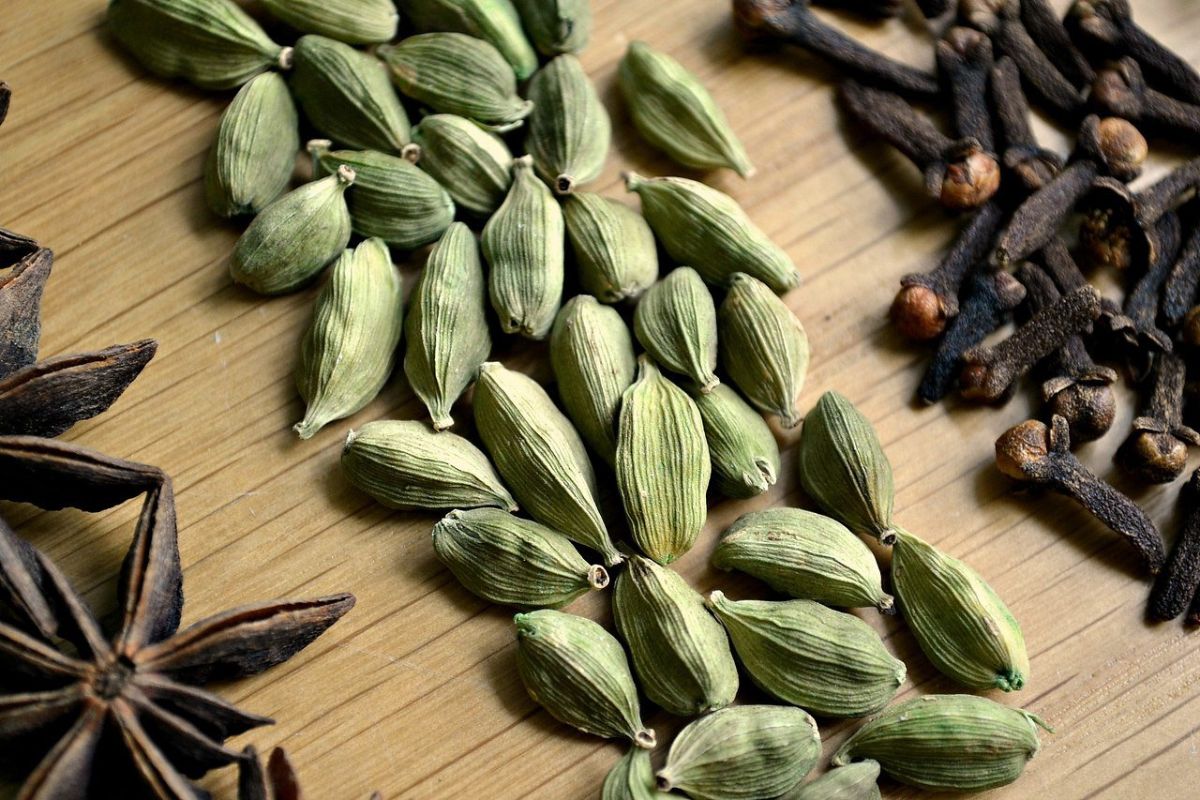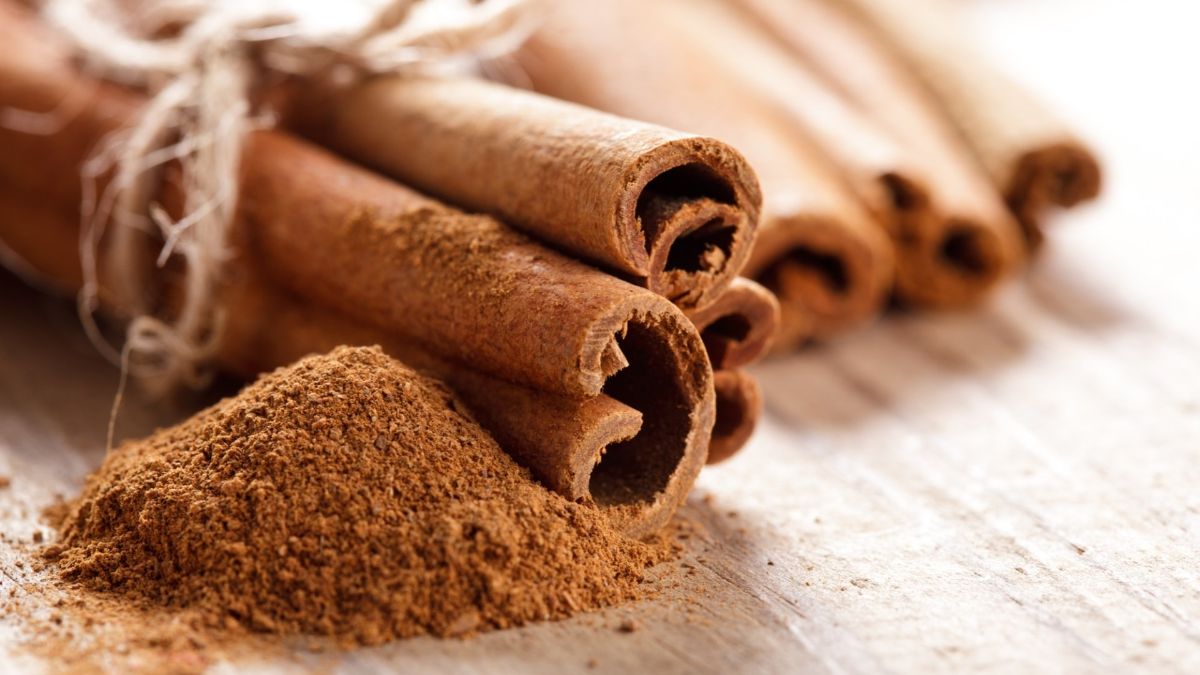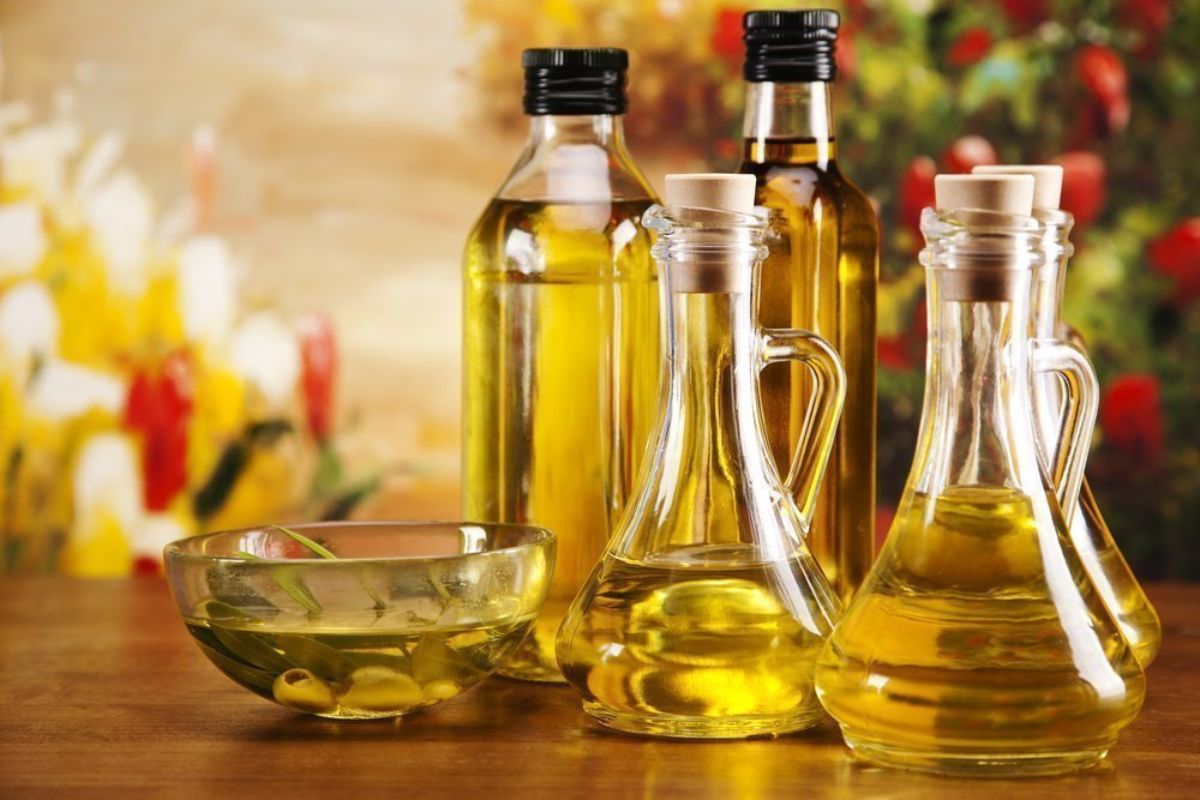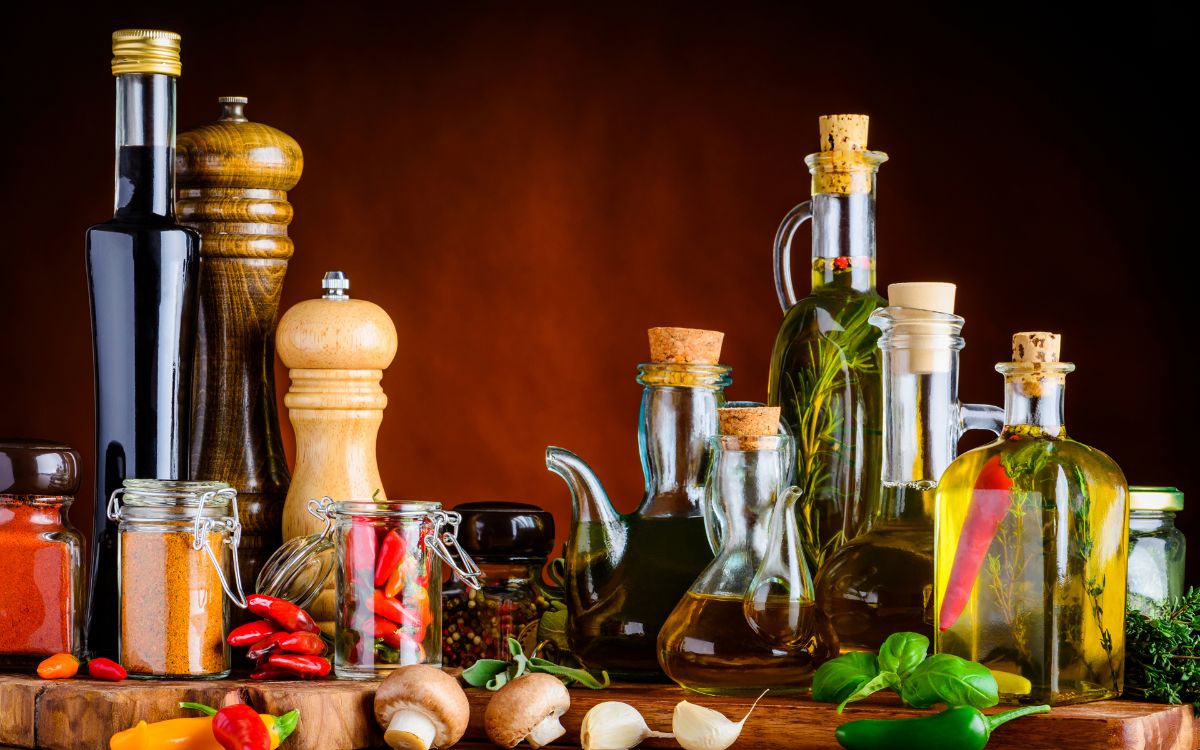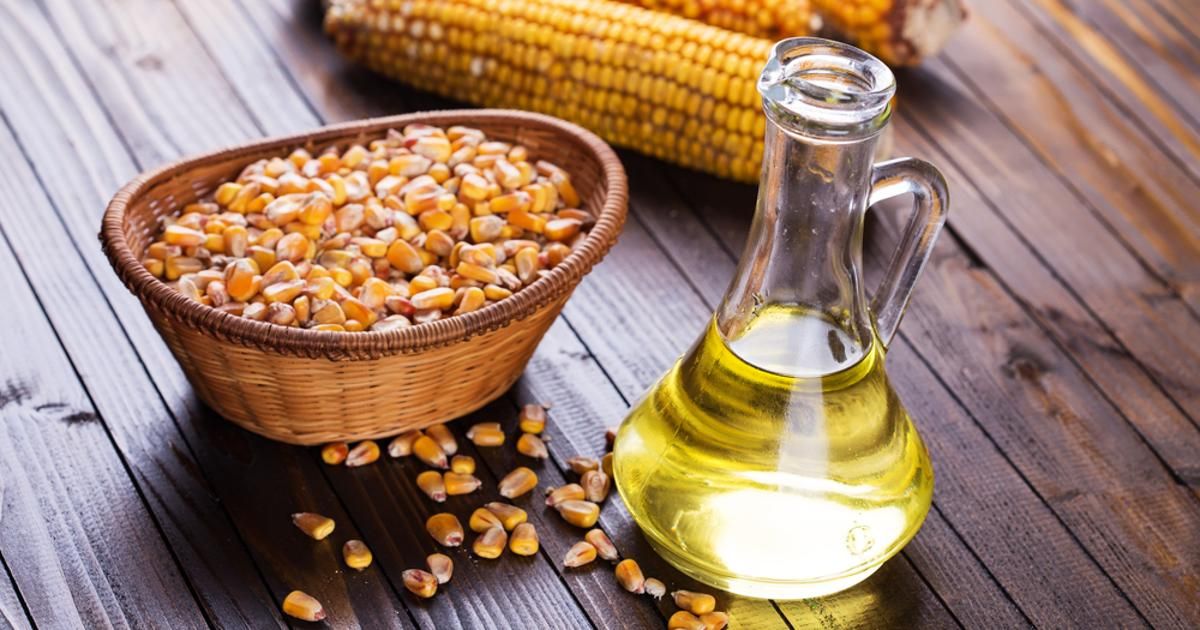Benefits and harms of bay leaf — 7 proven properties and applications
Bay leaf is one of the most ancient spices known to man.
Due to its rich composition, bay leaf has tangible health benefits. It is rich in antioxidant and anti-inflammatory substances that fight chronic pathologies (including cancer).
The plant is also widely used for cosmetic purposes, as it heals skin damage.
7 facts about the benefits
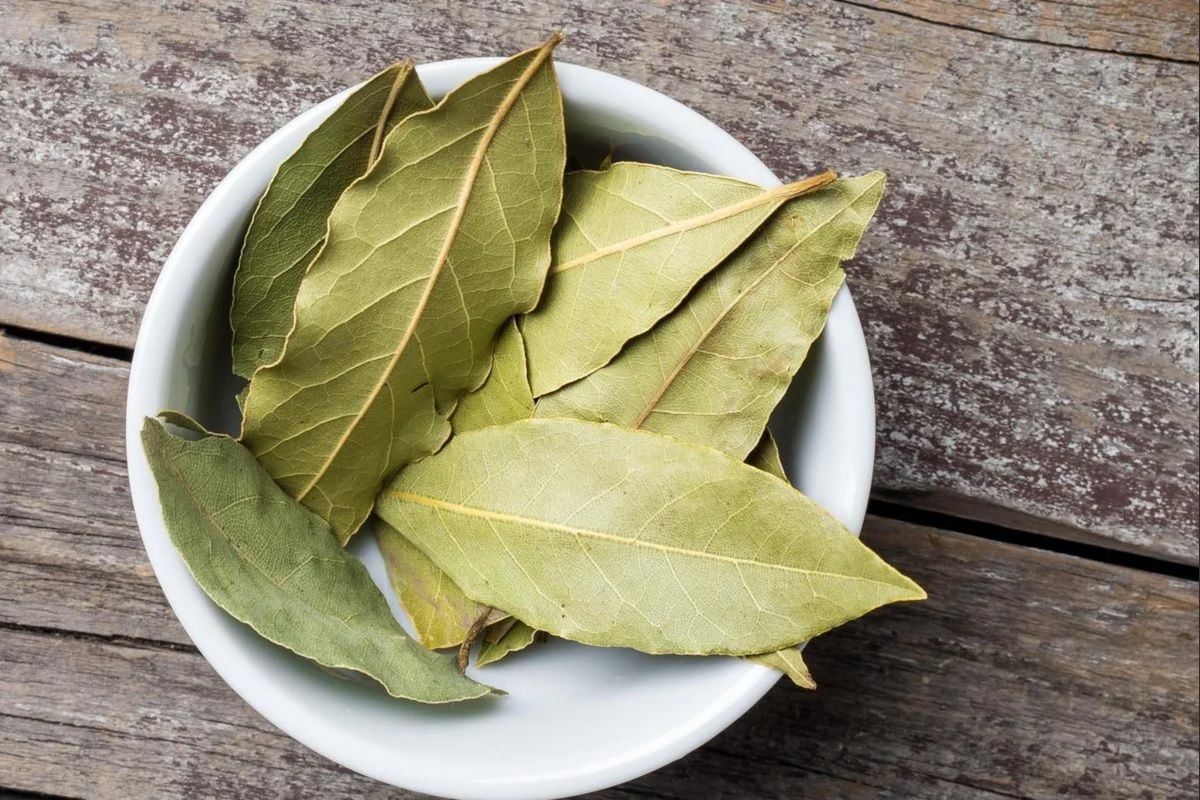
Below are the 7 main medicinal properties of bay leaf for our body (based on scientific sources of information).
1. Reduces blood sugar levels
 American Researchers discovered
that bay leaf, as well as apples, cinnamon, cloves, increases the activity of insulin in the blood. The effect is associated with the high chromium content in these plants.
American Researchers discovered
that bay leaf, as well as apples, cinnamon, cloves, increases the activity of insulin in the blood. The effect is associated with the high chromium content in these plants.
As a result, insulin acts more effectively on peripheral receptors (muscle and adipose tissues), which leads to a decrease in blood sugar levels.
Spice can be used for the prevention of early development, as well as for the purpose of additional control of type I and II diabetes mellitus.
2. Reduces cholesterol levels
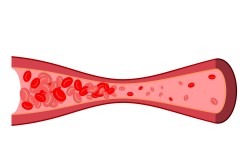 Research show
that taking 1-3 grams of crushed bay leaves per day for 30 days leads to a decrease in total cholesterol in the blood by 24%, "harmful" (LDL) by 40%.
Research show
that taking 1-3 grams of crushed bay leaves per day for 30 days leads to a decrease in total cholesterol in the blood by 24%, "harmful" (LDL) by 40%.
At the same time, there is an increase in the concentration of "useful" cholesterol (HDL) – by 20-29%.
Adequate lipid profile indicators warn deposition of cholesterol crystals in vascular endothelium and the development of such heart and vascular diseases as coronary heart disease and myocardial infarction, chronic cerebral ischemia, stroke.
Bay leaf must be present in the diet of men and women of older age groups to alleviate the course of cardiovascular disorders.
3. Fights chronic inflammation
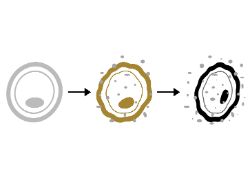 Chronic inflammation is a physiological but extremely dangerous process. It is believed that it underlies the development of most known chronic diseases (from type II diabetes mellitus to Alzheimer's disease).
Chronic inflammation is a physiological but extremely dangerous process. It is believed that it underlies the development of most known chronic diseases (from type II diabetes mellitus to Alzheimer's disease).
When using bay leaf observed a decrease in the level of certain markers of inflammation in the blood, and the mechanism of action (blockade of cyclooxygenase) is comparable in effectiveness to some nonsteroidal analgesics (for example, diclofenac) used in medical practice.
It should be noted separately that the bay leaf contains cineol. This substance inhibits the inflammatory process at the activation stage, when the production of inflammatory cytokines and their delivery to the focus is observed.
4. Fighting cancer
 Research on human cancer cells in the laboratory show
that bay leaf extract is able to suppress the growth, division and spread of malignant cells.
Research on human cancer cells in the laboratory show
that bay leaf extract is able to suppress the growth, division and spread of malignant cells.
Proven to be highly effective against cancer ( 1 , 2 , 3 ):
- Cervix;
- Of blood (leukemia);
- Breast;
- Of the large intestine.
However, the plant does not have a positive effect on all forms of malignant tumors. For example, discovered that it is not effective against stomach cancer cells.
Antioxidants (polyphenols) are responsible for the ability of bay leaf to suppress the growth of foreign cells. They neutralize free radicals, preventing their negative effects on cells.
5. Destroys pathogens of fungal diseases
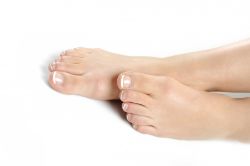 Bay leaf contains biologically active substances capable of suppressing the growth and reproduction of pathogenic fungi.
Bay leaf contains biologically active substances capable of suppressing the growth and reproduction of pathogenic fungi.
How claim Brazilian scientists, there is a high efficacy against Candida fungi, which often cause damage to the skin of the face and body, esophagus.
The action is related to the spice's ability to inhibit the synthesis of cell wall components and increase membrane permeability.
6. Destroys pathogenic microorganisms
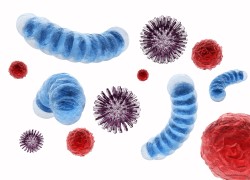 Bulgarian scientists revealed
that bay leaf essential oils destroy some microbes.
Bulgarian scientists revealed
that bay leaf essential oils destroy some microbes.
The spice is effective against Staphylococcus aureus, Pseudomonas aeruginosa, Escherichia coli and other gram-positive and gram-negative microorganisms.
The presented pathogens most often cause damage to any organs and tissues in humans.
7. Accelerates the healing of wounds and burns
 Bay leaf improves the healing of skin wounds. This property was proven
in the process of conducting research on mice (topical and oral use).
Bay leaf improves the healing of skin wounds. This property was proven
in the process of conducting research on mice (topical and oral use).
The spice contains a lot of nutrients, as well as antifungal and some antibacterial agents.
At the same time, the bay leaf reduces the volume of scar tissue that forms after the restoration of tissue integrity, thereby providing a cosmetic effect.
Safety and harm
 Although bay leaf is considered a safe product, it also has contraindications. When taken in large quantities, it can cause harm to health.
Although bay leaf is considered a safe product, it also has contraindications. When taken in large quantities, it can cause harm to health.
The main side effects are:
- Constipation. The active substances of the bay leaf slow down the motor activity of the digestive tube, causing the development of atonic constipation.
- Changing the work of the heart. Bay leaf is a pacemaker agent. It can accelerate the work of the heart muscle, which will manifest itself with a rapid heartbeat and an increase in blood pressure. The effect is short-lived.
- Mechanical damage to internal organs. It is forbidden to eat the whole bay leaf, chew it. It is not digested by enzymes of human digestive juices and can lead to mechanical obstruction or damage to mucous membranes.
- Allergic reactions. They can manifest in any form (skin rashes and itching to systemic anaphylaxis). If there is a history of allergic pathologies, the product is contraindicated.
It is not recommended to give bay leaf to pregnant women, newborns and children under 14 years of age. None of the known studies have tested the safety of the plant in relation to these categories of persons.
Methods of application
Bay leaf has been widely recognized and used not only in culinary business, but also in folk medicine and cosmetology.
Below are the most common recipes based on it:
- Infusion. Pour 5 grams of leaves with 300 ml of water. Bring to a boil. Remove from heat and wrap tightly with a towel, let stand for about 3 hours. Take a drink of 50 ml 6 times a day for 2 weeks.
- Tea. You will need ¼ tsp ground bay leaf, 1 tsp black tea. Pour 200 ml of water heated to 90 degrees over the ingredients. Brew for 10 minutes, strain. You can drink up to 2-3 glasses a day.
- Decoction of sinusitis. Pour 1 liter of water over the bay leaves, bring to a boil and keep on fire for about 5 minutes. Turn off the gas, cover with a towel and breathe over the mixture for 3-5 minutes.
- Bath. Pour 20-30 sheets of 500 ml of water, bring to a boil, cook for 30 minutes. Then take a bath and pour out the mixture.
Conclusion
- Bay leaf is a useful spice, combined with many dishes and folk recipes.
- Spice is rich in antioxidants and anti-inflammatory substances that allow it to fight diabetes mellitus and other chronic diseases, reduce cholesterol levels in the blood, and destroy pathogenic fungi and bacteria.
- Laurel leaf is not recommended for children under 14 years of age and pregnant women, due to the lack of data on the safety of the plant's effects on these groups of people.
